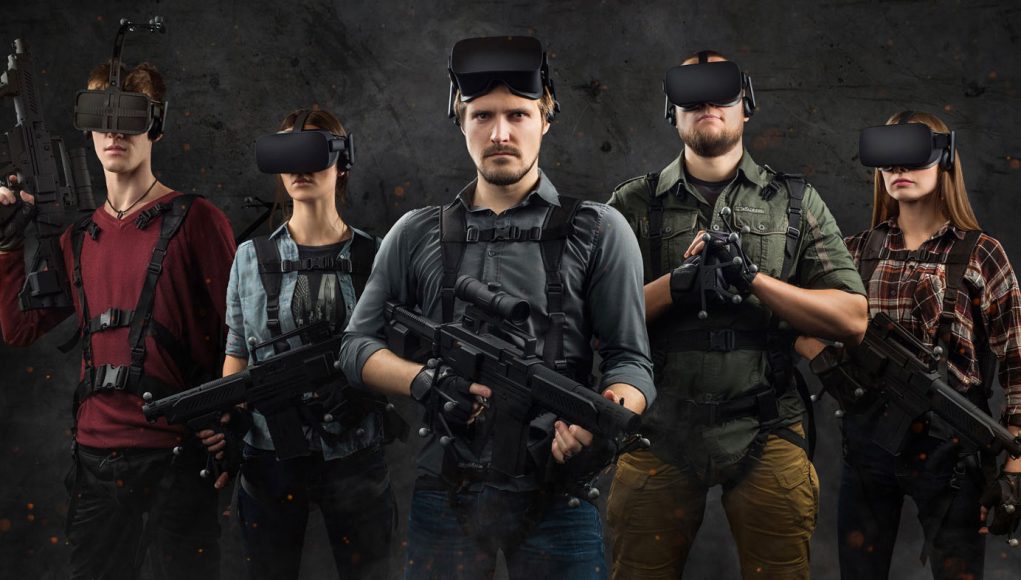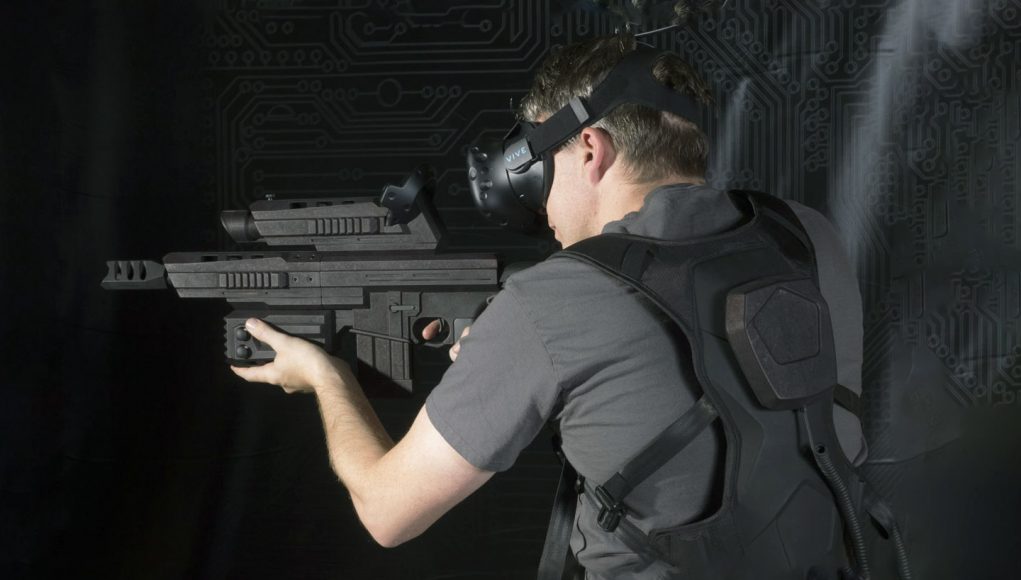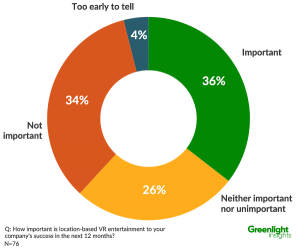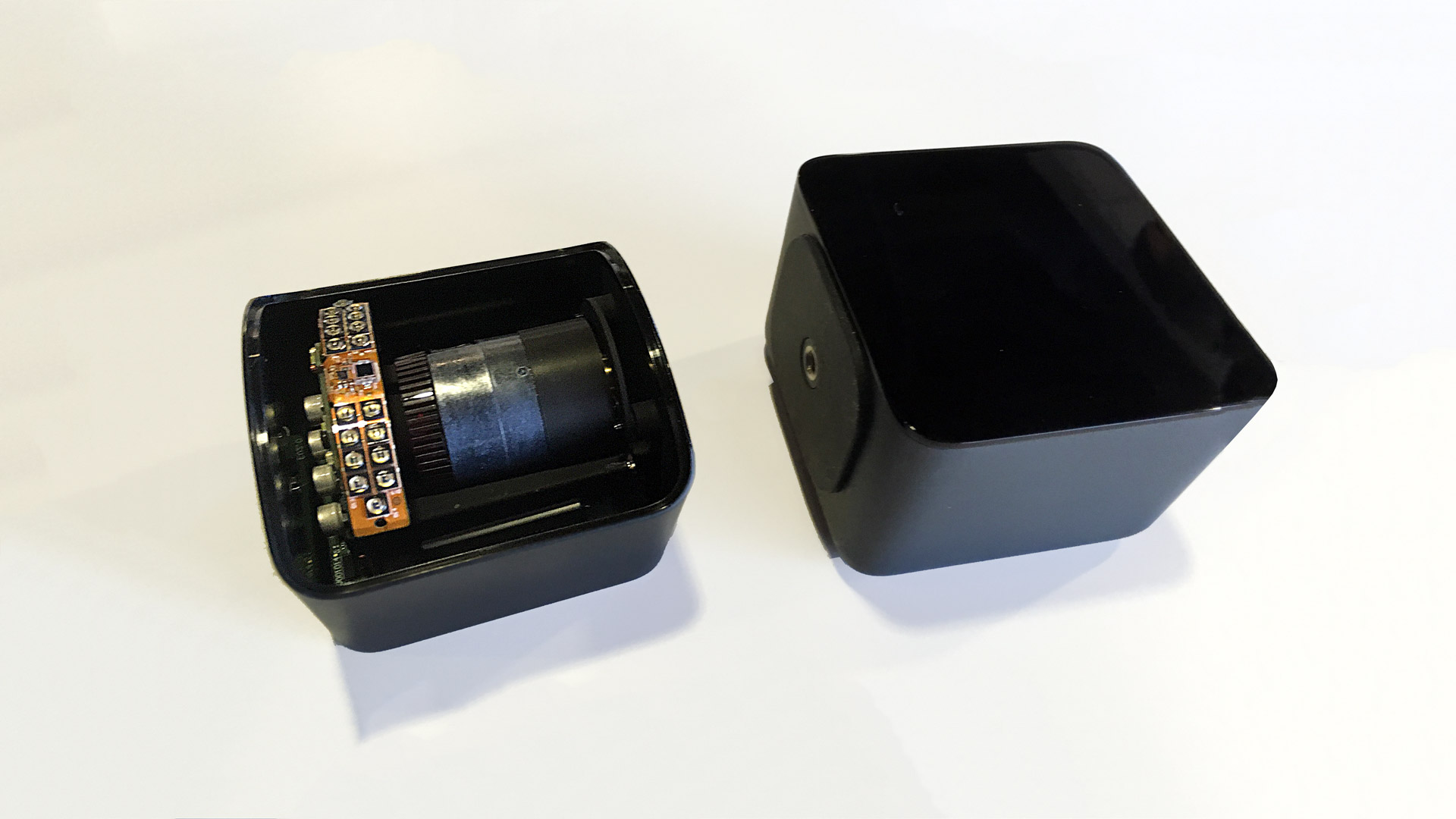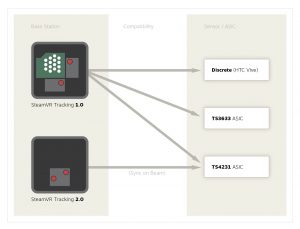Whether you are a fan of the Dragon Ball Z theme world or not you had better watch out because it is coming to a VR Arcade near you. While there may not be a VR arcade near at this moment in time, fear not! That issue will be remedied within the near future. But, alas, this article is about Dragon Ball Z world becoming a familiar theme in the VR world.
The HADO Company in Japan is already well on top of things. Even as early as last IAAPA, HADO was offering a room scale MR experience where participanst could fight against monsters or against each other using a Dragon Ball Z like game motion mechanic. While not sticking strictly the the Dragon Ball Z theme world, this company has taken its own artistic licenses and created a commercially viable product of their own.
The San Francisco based entertainment company “SCRAP Entertainment” has installed this Dragon Ball Z like experience in their San Francisco location. I am currently unaware of the details except the installation will only be available through August 31. Their location is 1746 Post Street.
If instead of a cheap rip-off you want the real deal with officially licensed Dragon Ball Z characters then you will have to go to Japan to the Bandai Namco VR Arcade Zone in Shinjuku, Tokyo. An earlier review of this VR Arcade has already been provided in this post, Bandai Namco VR Arcade. This place is really cool. they are a 40,000 square foot, 2-floor VR arcade featuring games operating on the HTC Vive. Many of these games are integrated with motion controlled apparatus such as motion chairs and stationary bicycles. Much of their special content seems to be IP related, custom built experiences. Check out this main atrium in the facility.
I’m sure there will be future articles describing their Mario Kart and Doreomon VR experiences but this article is devoted to the Dragon Ball Z Theme world.

The experience is available for 2-4 players simultaneously. The crew starts off a group of new recruits in a typical martial arts training ground led by series protagonist, Goku. AFter mastering the basic the crew is teleported to an iconic, barren field where he executes a Kamehameha, made more immersive by an open-hand custom device using Vive Trackers. That’s when the battle begins, and you’re positioned at different intervals, using your training mates as target practice.
What I think is really cool about this experience is that each participant is isolated into their own VR play space. But in the battle field their relatives positions change dynamically. The field of play has been transformed from a 40’x10′ strip to an entire battle field. This demonstrates some of the true potential VR Arcades and and immersive experiences have. I look forward seeing new additions to this already groovy attraction.



